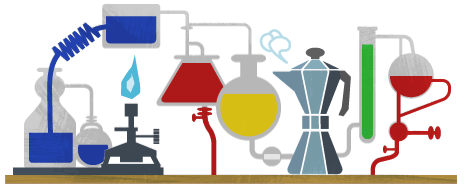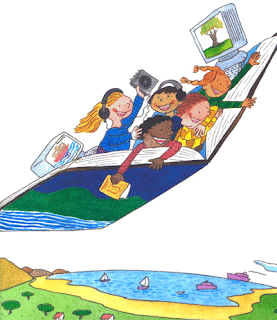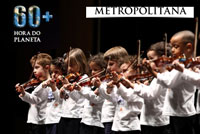200th Anniversary Robert Bunsen
Today, Google celebrates the 200th birthday of one of the most important chemister, Robert Wilhelm E. Bunsen. He investigated emission spectra of heated elements and discovered caesium (1860) and rubidium (1861) with Gustav Kirchhoff. Bunsen was a pioneer in photochemistry. He developed the laboratory gas burner, now popular as the "Bunsen burner" and still in use today.
Once again, Google reminds the world of the occasion, this time with an interactive chemical laboratory doodle. Do recognize the flaming Bunsen burner? Take a look on this video
Bunsen–Kirchhoff Award, named after Bunsen and his colleague Gustav Kirchhoff, is a prize awarded in recognition for "outstanding achievements" in analytical spectroscopy.
Robert Wilhelm E. Bunsen was born on March 31, 1811 in Göttingen, Germany.
Robert Bunsen statue
Hauptstrasse, Heidelberg
"Bunsen was one of the most universally admired scientists of his generation. He was a master teacher, devoted to his students, and they were equally devoted to him.
At a time of vigorous and often caustic scientific debates, Bunsen always conducted himself as a perfect gentleman, maintaining his distance from theoretical disputes.
He much preferred to work quietly in his laboratory, regularly enriching his science with useful discoveries.
On a point of principle, he never took out a patent, despite the fact that his new battery and new laboratory burner would surely have brought him great wealth." Read more here
Education:
In the International Year of Chemistry what a wonderful motivation to educators and students to join the celebrations of IYC in Chemistry curriculum.
"The IYC 2011 will be a year-long celebration in which anyone can participate. You can coordinate an activity, engage in a project, or simply share an idea. Join in now and become part of something special."
Educators can share, discuss and plan ideas for IYC 2011 here.
Students can plan activities with their educators in the classroom and then share for IYC 2011, by country, here
And to add an event or events to the list, go to the Activities section and submit a description of the activity.
Don't miss the video message by Irina Bokova's, Director General of UNESCO, for the Opening of the International Year of Chemistry (IYC) 2011.
"Marie Curie was honoured with a Nobel Prize in Chemistry (1911). Since then, only 3 women having been honoured on this way. It's important to encourage young women to contribute their talent to this exciting field."
Irina Bokova
"Chemistry - our life, our future."
(The official slogan of the IYC 2011)
G-Souto
31.03.2011
Copyright © 2010G-Souto'sBlog, gsouto-digitalteacher.blogspot.com®
Robert Bunsen
International Year of Chemistry 2011
International Year of Chemistry 2011/UNESCO
















